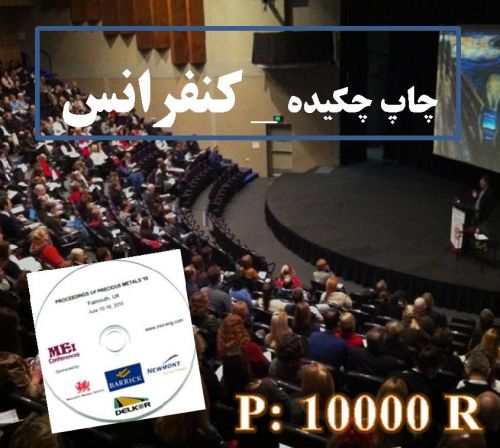Environment can affect allocation patterns of plant biomass. Light is one of the most important environmental factors affecting the relative amount of biomass present in the various organs, which is termed “biomass allocation”. In this research, we examined patterns of biomass allocation across a light gradient for seedlings of five provenances of chestnut oak (Quercus castaneifoliaC.A.Mey.) from west to east of Hyrcanian forest. Different provenances were collected along a west to east precipitation gradient within the Hyrcanian forest, with annual rainfall ranging from 2045 mm in Pilambra in the west to 488 mm in Loveh in the east, from 49.08°E, 37.58°N to 55°E, 37°N respectively. Book of Abstracts 13 Experimental design was executed under controlled conditions at eight different light levels (10, 20, 30, 40, 50, 60, 70 and 100% full light) for five months on one-year-old seedlings of chestnut oak. The experiment was carried out in the greenhouse at the Faculty of Natural Resource and Marine Science of Tarbiat Modares University, which is located within the Hyrcanian forest (36°34’54’’N, 52°2’32’’E). After one growing season, we quantified the biomass allocation patterns to leaves, stems and roots. We also calculated leaf to root (L/R) and root to shoot (R/Sh) ratios as two of the major factors dictating plant growth rate and fitness. These ratios are helpful for understanding plant growth strategies in natural ecosystems, and refer to the balance between investment in light intercepting organs vs. water and nutrient organs. To show the functional responses to light, graphs were drawn for the mean values of biomass allocation. Based on the measurements, the biomass allocation for all the provenances could be ranked as follows: root > stem > leaf. As could be expected, there is a negative correlation between light and leaf allocation, and for root allocation the reverse pattern is found. The L/R ratio was negatively correlated with light. At wet provenances (Pilembera, Kelardasht, Lajim) variation in L/R was strongly correlated with light (coefficient of determination R 2 : Pl = 0.76, Kl = 0.76, Lj= 0.82), but at dry provenances (Kordkûy and Loveh) this relationship gradually disappeared (R 2 : Kr = 0.17, Lo = 0.31). The relationship between root to shoot (R/Sh) ratio and light was also weak at dry provenances (R 2 : Kr = 0.56, Lo =0.25) and became gradually stronger at wet provenances (R 2 : Lj = 0.55, Kl = 0.94, Pl = 0.83). Such relationships indicated that the growth strategies of chestnut oak seedlings are different at dry provenances compared to wet provenances. In dry conditions, the seedlings try to invest more biomass into root mass to facilitate water uptake and to alter their leaf size to prevent overheating. In our experiment, despite similar growth conditions in the greenhouse, different growth strategies in the seedlings from wet and dry provenances may be the result of genetic adaptation to the ecologi
کلید واژگان :leaf to root ratio, Hyrcanian forest, growth, adaptation, environmental factor
ارزش ریالی : 200000 ریال
با پرداخت الکترونیک
جزئیات مقاله
- کد شناسه : 7143756245567307
- سال انتشار : 2013
- نوع مقاله : چکیده مقاله پذیرفته شده در کنفرانس ها(فایل کامل مقاله بارگزاری گردد)
- زبان : انگلیسی
- محل پذیرش : Forest Biomass Conference 2013
- برگزار کنندگان : Poznań University of Life Sciences
- تاریخ ثبت : 1394/04/31 15:24:15
- ثبت کننده : فریبا بابایی سوستانی
- تعداد بازدید : 400
- تعداد فروش : 0
